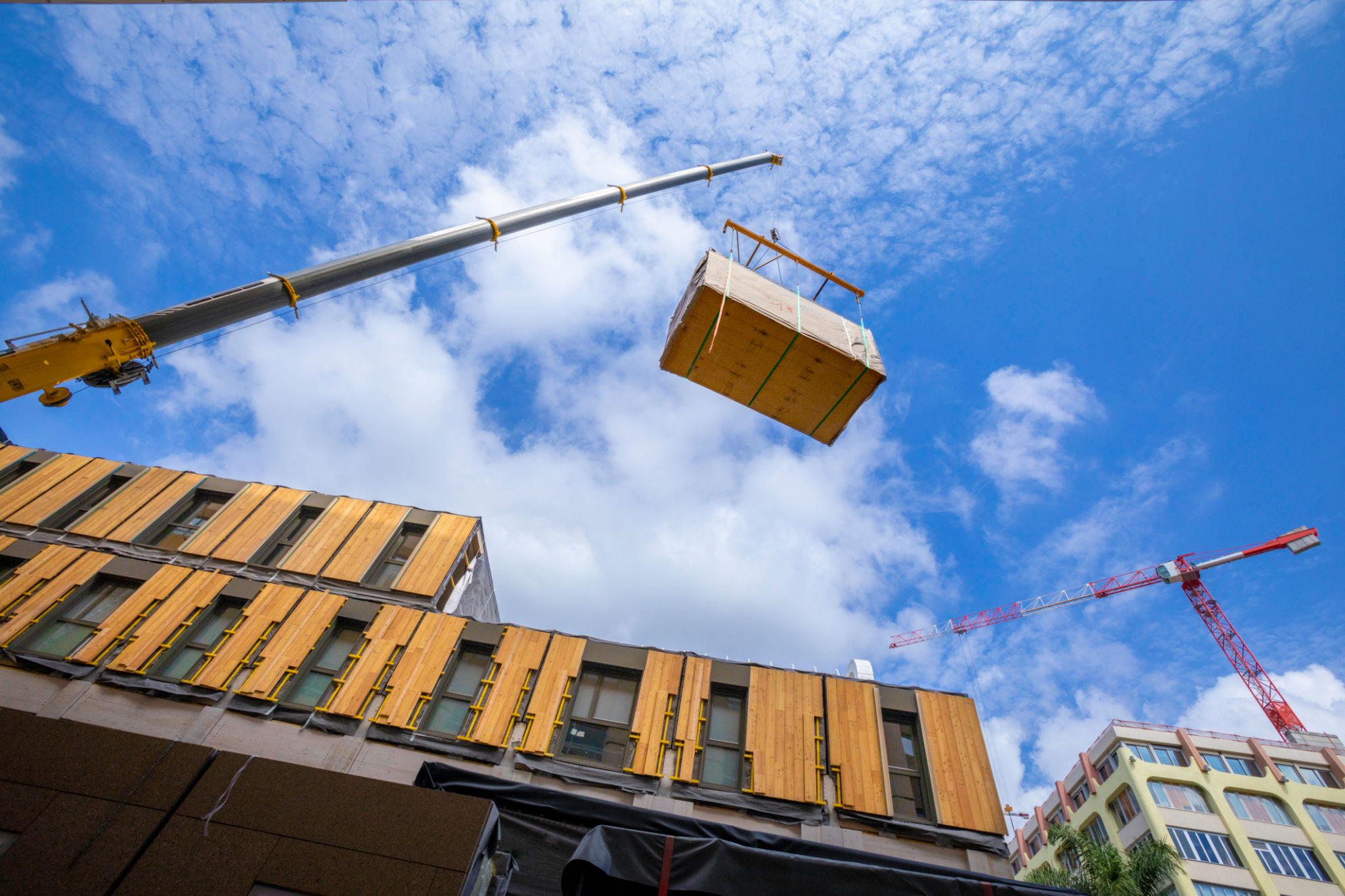How to Choose the Right Construction Materials for Chennai's Climate
Understanding Chennai's Climate
Chennai, located on the southeastern coast of India, experiences a tropical wet and dry climate. The city is known for its high temperatures, humidity, and monsoon seasons. Understanding these climatic conditions is crucial when selecting construction materials to ensure durability and comfort. The right materials can help in maintaining a cool interior and reducing energy consumption.

Importance of Thermal Insulation
In Chennai's hot and humid climate, thermal insulation is essential for maintaining comfortable indoor temperatures. Materials such as concrete blocks, AAC blocks, and insulated panels help in reducing heat transfer. These materials not only keep the interiors cooler but also contribute to energy efficiency by lowering air conditioning costs.
Concrete blocks are especially popular due to their robustness and thermal mass, which helps in regulating indoor temperatures. AAC blocks, or autoclaved aerated concrete blocks, are lightweight and offer excellent insulation properties, making them a preferred choice for modern constructions.
Choosing the Right Roofing Materials
The roof is one of the most exposed parts of a building and plays a significant role in thermal regulation. In Chennai, it’s beneficial to use reflective roofing materials like cool roofs or tiles with reflective coatings that reduce heat absorption. Metal roofing with a reflective finish can also be an effective option.

Another innovative choice is the use of green roofs, which involve planting vegetation on the rooftop. Green roofs provide natural insulation, reduce heat buildup, and enhance aesthetic appeal. They also contribute to reducing the urban heat island effect prevalent in city environments.
Waterproofing Solutions
Given Chennai’s monsoon rains, effective waterproofing is vital to prevent leaks and structural damage. Waterproofing compounds and membranes should be applied to roofs, walls, and basements to safeguard against water ingress. Materials like bituminous coatings and polyurethane are commonly used for their durability and resistance to water.
Durable Exterior Finishes
The exterior finish of a building not only impacts its aesthetic appeal but also its durability against weather conditions. Using weather-resistant paints and coatings can protect the structure from harsh sunlight and heavy rainfall. Consider using high-quality exterior paints with UV protection to minimize fading and deterioration.

Cement-based finishes or cladding materials such as fiber cement boards offer additional protection and are resistant to weather-induced wear and tear. These materials are ideal for maintaining the building’s appearance over time while withstanding Chennai’s challenging climate.
Energy-Efficient Windows and Glazing
Windows significantly affect the thermal comfort of a building. Opt for double-glazed windows or those with low-emissivity coatings to minimize heat gain while allowing natural light to enter. This choice helps in maintaining a comfortable indoor environment without relying heavily on artificial cooling.
Furthermore, installing shades or reflective films on windows can enhance energy efficiency by reducing the amount of heat entering the building during peak sunlight hours.
Sustainable Building Practices
Incorporating sustainable building practices is becoming increasingly important in Chennai's construction industry. Using locally sourced materials reduces transportation costs and environmental impact. Additionally, considering the lifecycle of materials ensures that buildings are not only durable but also environmentally friendly.

Implementing rainwater harvesting systems and solar panels can further enhance the sustainability of construction projects, providing long-term savings and environmental benefits.
Conclusion
Choosing the right construction materials for Chennai’s climate involves a careful balance between functionality, durability, and sustainability. By understanding the unique environmental challenges posed by this tropical region, builders can select materials that enhance comfort, reduce energy consumption, and ensure long-lasting structures. Investing in quality materials today will lead to significant benefits in terms of performance and cost savings in the future.
